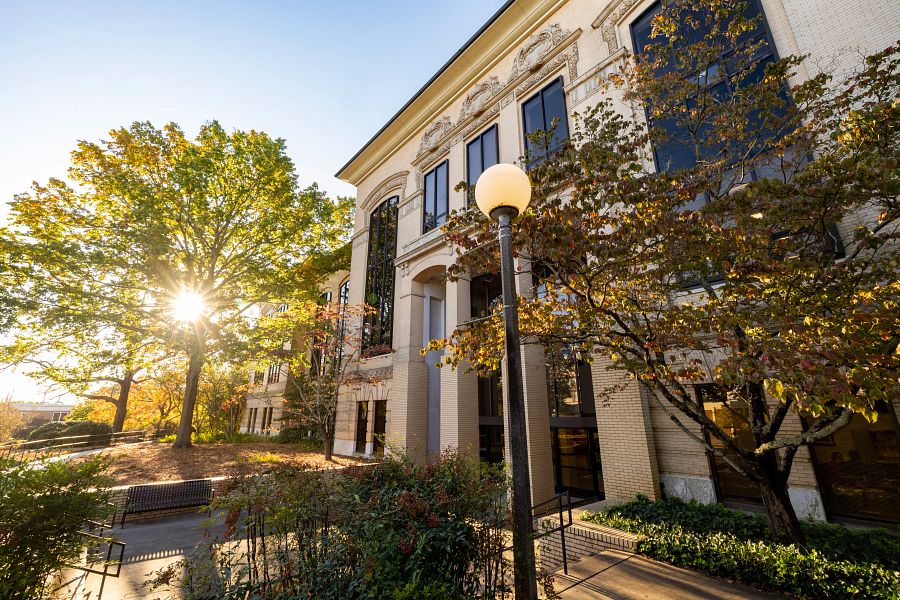Now that spring is just around the corner, gardeners are eager to start planting. However, there are several important steps to take now to make this year's garden the best ever.
First, make a garden plan that includes a list of vegetables and varieties you want, and how much of each the family needs.
If you have limited space, replace vegetables your family may not eat. Remember, lettuce will produce a lot more food than cabbage from the same space.
Lay out the garden on paper. This is important, because you need to rotate crops from one place to another to reduce disease and insect pressure. Simply stated, don't plant tomatoes in the same place year after year.
Once you know what you want to plant, and how much, order seeds or buy them from a reputable local dealer. Buy the best seeds. STAY AWAY FROM CHEAP SEEDS -- they're never a bargain. Cheap seeds may not be adapted to your area and often will have low germination rates.
If you're going to buy transplants, look them over carefully. If you see any sign of insects (look under the leaves) or disease, put them back on the shelf and ask when the next shipment is coming in. Or go somewhere else to buy.
Don't take insect and disease problems home and put them into your garden. Leave all infected, weak or damaged plants at the store.
See if your local supplier can get that new tomato and pepper. If he can't, look into growing your own. They're easy to grow, and you know exactly what you're getting. And you can show off those white, yellow or Italian paste tomatoes that weren't in the store. Be adventuresome!
Learn about gardening by visiting the county Extension office. Most areas have well-informed green-thumb gardeners who will share their knowledge with novices.
The Extension office has these publications, among others.
Gardening, Bulletin 577.
Home Vegetable Gardening, Leaflet 171.
Vegetable Gardening Calendar, Leaflet 174.
Home Garden Transplants, Leaflet 128.
Next, take a soil sample to your county agent. This is probably the most important thing you do as a gardener. Soil-test results tell how much residual fertilizers are in your soil and how much to add to get good plant growth.
A soil test also tells the pH of your soil, which is the basis for liming recommendations.
If you're an organic gardener, the Extension office can give you a formula to convert fertilizer recommendations to organic ones.
Good soil is the key. Remember, all plants grow better in soil that allows good root development, drainage and nutrient uptake.
If you're following regular gardening practices, turn the soil and bury the top litter on the bottom of the trench. Also, incorporate organic matter -- compost, peat moss or similar materials -- into your soil now.
Proper plant growth depends on site selection, too. If you can, put the garden in full sun, near the house and near a water supply. Try to avoid areas infested with nut grass and other troublesome weeds.
Sun. Most vegetables need full sunlight (eight hours or more). Plant leaf crops, such as broccoli, collards, and spinach, in partial shade (four to six hours of sun).
Near the house. Being close to your garden will help you notice insect, disease, and weed problems and take steps to control them before they can cause serious damage.
Water supply. You'll need water to grow a garden anywhere in Georgia. Mulches and organic matter will greatly improve the soil's moisture-holding capacity and reduce evaporation loss.
Paying attention to these things now will help ensure your gardening success all year.






